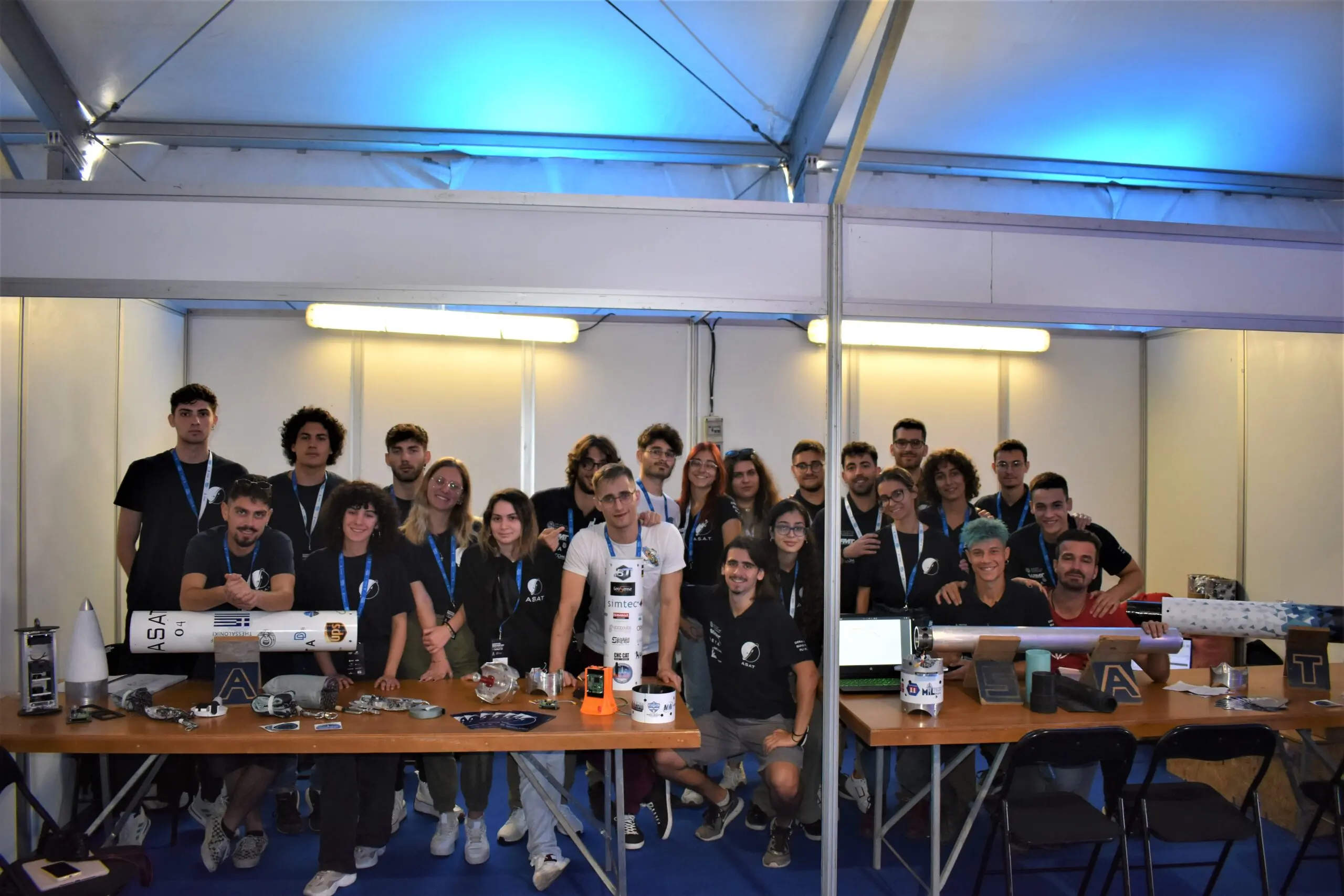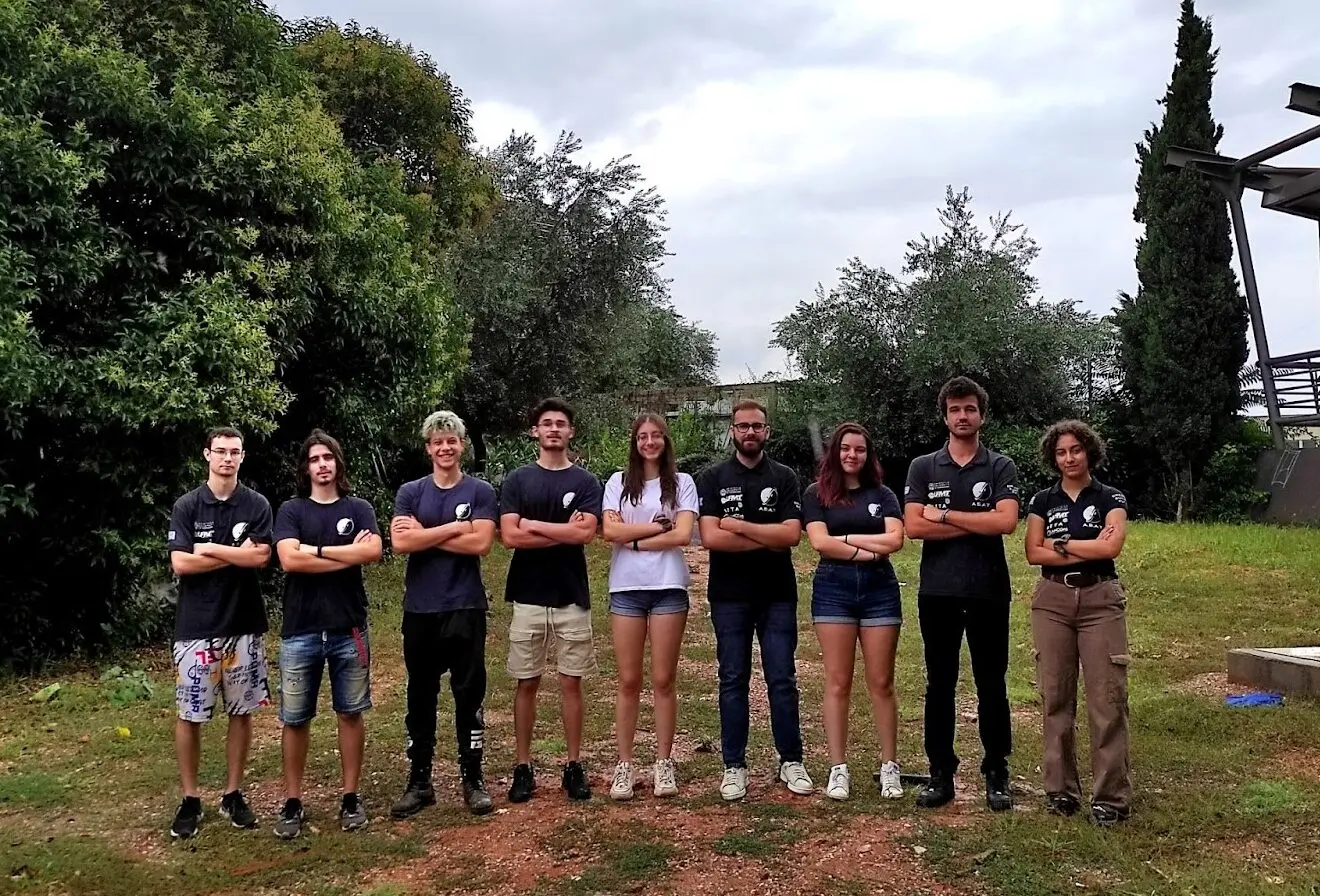What is Energy?
It is both a simple and complex question to any person among the humankind.
So, why don’t we go back in time and ask a man whose work is acknowledged from every scientist in the world.
When lecturing about conservation of energy in the 1960s, Richard Feynman remarked:
“It is important to realize that in physics today, we have no knowledge of what energy is. We do not have a picture that energy comes in little blobs of a definite amount. It is not that way. However, there are formulas for calculating some numerical quantity, and when we add it all together it gives “28” —always the same number. It is an abstract thing in that it does not tell us the mechanism or the reasons for the various formulas”
Also, nowadays when someone opens a physics textbook, it will tell you energy is “the capacity to do work”. Then it usually goes on to explain that “work” is the action of moving something against a force. But isn’t this definition kind of unsatisfying? It’s a bit like Plato’s definition of man as a “featherless biped” – it’s hard to poke holes in the reasoning, but you can’t help but feel something is missing.
So if we would like to answer that question with a sentence, it would probably be that:
“Energy is in everything – it is often described as ‘the ability to do work’”.
There is no physical “essence” of energy, and no such thing as “pure energy”. Energy is always carried by something, usually in the form of movement.
So, after all this entire introduction, a normal person would ask, what is the relationship between energy and a satellite?
So it’s time for us to get back to our satellite and introduce you the Electrical Power Subsystem
The subsystem’s purpose is the following: we must ensure that the CubeSat will have the appropriate energy levels in order all the other subsystems to work properly at correct voltage and current between specific limits. How can we succeed that? By collecting solar energy using solar panels, storing it in battery packs and deliver it via special circuits.
Each of these point hides numerus individual points and as a result challenges and problems to overcome.
For instance, the gathering of the energy sounds really simple but it is not. Starting with the core problems, with which criteria should we choose our solar panels? What we look for is efficiency. Efficiency is the percentage of energy in the form of solar light that the solar panel can make use of and convert it into electric energy. A conventional (single junction) panel has approximately 15%(!) efficiency. Not only that, but they have a maximum efficiency limit that is called detailed balance limit or Shockley Queisser Efficiency Limit. Furthermore, the conventional solar panels lose efficiency over time. So as a result we need an alternative option that provides greater efficiency, without increasing solar’s surface. The solution is given by using triple junction solar cells. There are a lot of types for similar panels, each having different specifications. In aerospace, GaAs collector are widely used, because of their low cost/efficiency ratio.
Ok so far, but what happens when the satellite is overshadowed by earth? In this case, the EPS has to take care of supplying the needed energy. And here comes the energy storage. It is easily understandable that while we are in sun’s light (~60 min) we don’t only have to power all the internal systems, but also store all the needed energy so nothing underfuctions while on earths shadow (~30 min). The distributing of energy to supply and charging is rather complicated in itself.

Whether we are powered directly by the collectors or by the batteries, we have to distribute the energy and provide the correct voltages for the operation of each subsystem. We also have to regulate the voltage to acceptable limits. For example, some components operate at 3.3V, but others at 2.4V or 5V. So the outputs of the circuit have to deliver constant and unchanged the desirable values.
Also, while these outputs are providing current on low voltages, that have to be raised, without risking the overheating of a component.Another feature of the EPS is the protection from overcurrent via monitoring the current passing from each bus.
Of course, all the above have to be implemented inside the highly limited space of a CubeSat. Every cubic and square centimeter plays a critical role and there is a need for good use of the space provided.

The students in this subsystem are postgraduates from the department of Electronic Engineering of the Alexander Technological Educational Institute.
At this moment, Amponis Giorgos and Terzakis Christos are working on the delivering circuit and its PCB, while Georgakas Giorgos and Litsos Giorgos are finishing the charging circuit and its parameterization in order to be functional for our data!


CMA D. ARGOUDELIS & CO S.A. – ASAT coοperation
CMA D. ARGOUDELIS & CO S.A. supports as Bronze Sponsor the research project entitled “A.S.A.T. (Aristotle Space & Aeronautics Team, project Sirius Engine)”, showing its



